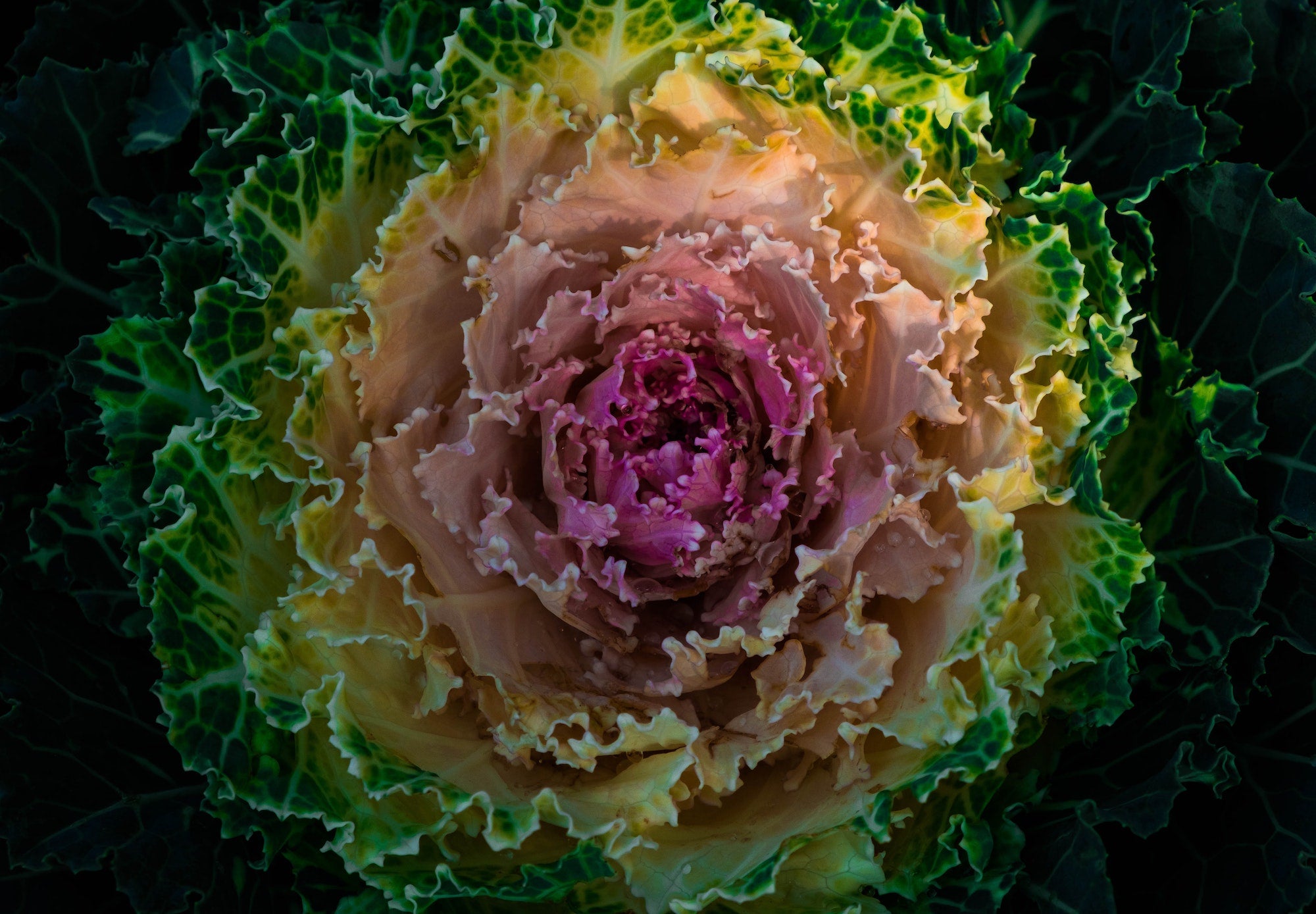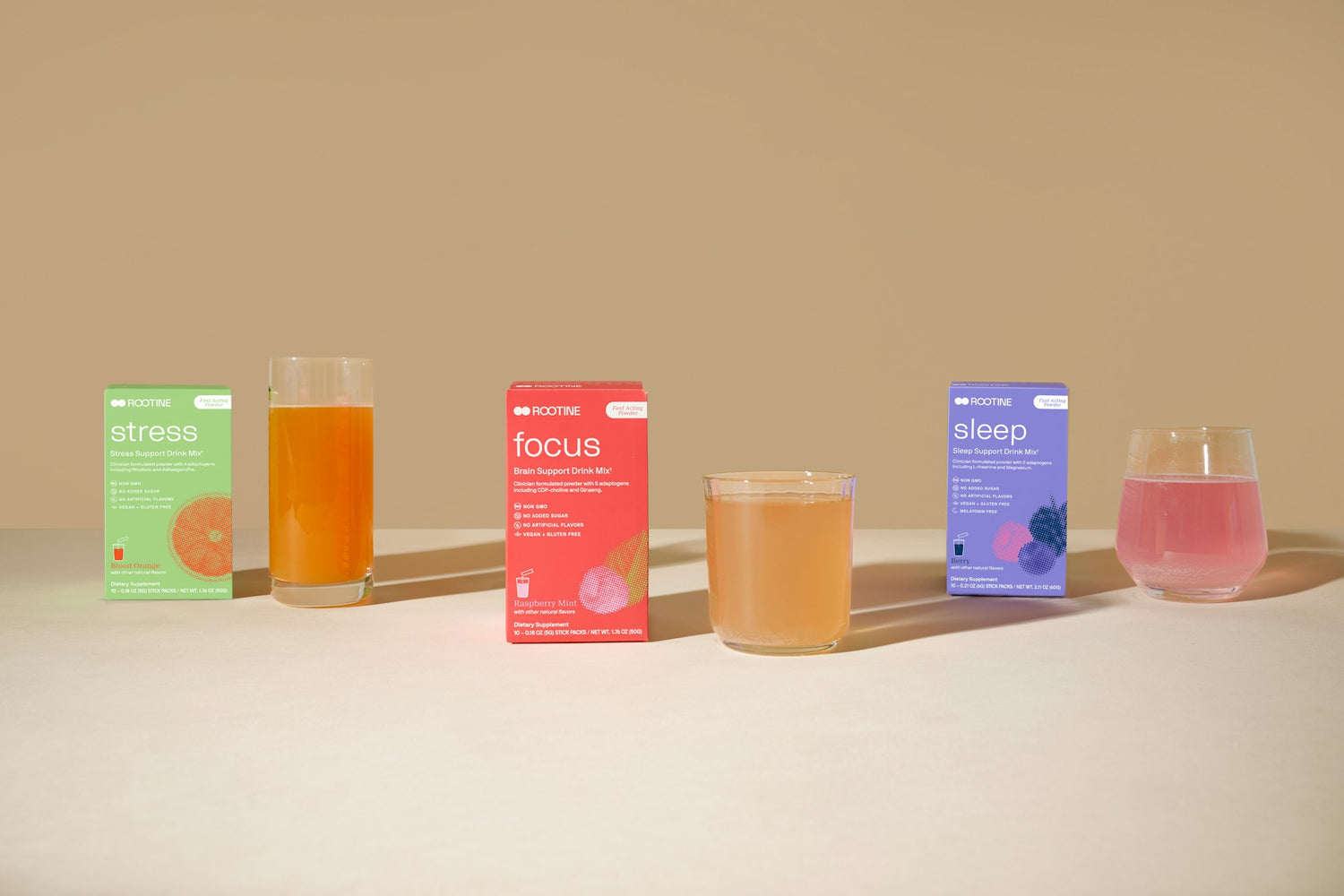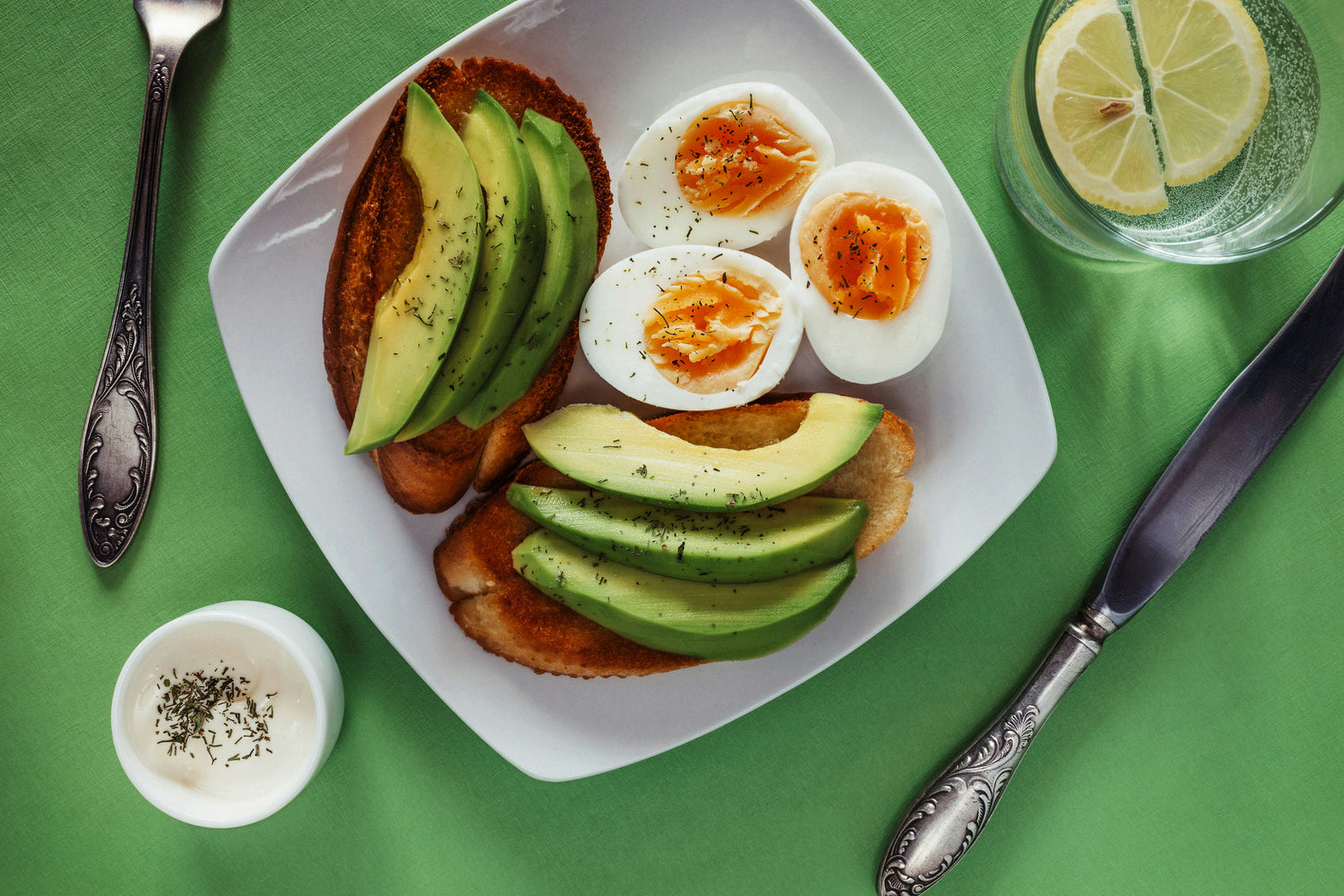Iron is best known as a crucial component of the protein hemoglobin, found in red blood cells, responsible for sending oxygen from the lungs to the rest of the body. Like Zinc, Iron is available in trace amounts in your system (less than 5g), and is classified as a minor or trace mineral.
Around 60% of your Iron is stored in hemoglobin; another large store of Iron is ferritin, a protein that attaches itself to Iron and carries it to the liver, spleen and bone marrow.
There are two types of Iron in our diets: heme and nonheme. A simple way to categorize these is that heme Iron is found in animal meats - seafood, poultry, beef and so on - and nonheme Iron is found in plant-based foods and fortified grains, in addition to animal meats.
If you get too little Iron, you may experience fatigue and notice a decrease in exercise performance, along with other unpleasant side effects. Women are more at risk for Iron deficiency - we list the reasons why in the What if you are deficient in Iron section.
Taking too much Iron is equally as unpleasant, and some groups with certain genetic variations are much more at risk of Iron overload - see the What if you take too much Iron section for more information.
First, let’s explore Iron’s role in the body more deeply.
What are the benefits of Iron?
Dr. Reed Drews, associate professor of medicine at Beth Israel-Deaconess Medical Center, says that “every cell in the body needs iron”. Hemoglobin, the oxygen-transporting protein found in red blood cells, is created with the help of Iron in bone marrow.
Iron is also a component in the creation of the protein myoglobin, which is found in the muscle cells, and helps store oxygen in muscles. When you exercise, your body is in need of more oxygen, and myoglobin is the molecule responsible for providing that extra O2. If you’re low in Iron, you definitely won’t be able to get as great of a workout!
How much Iron should you take?
How much Iron you need depends on several factors: diet, gender, current medical conditions, genetic variations, and nutrient levels in your blood.
Vegetarians and vegans may consider both Iron supplementation and plant-based foods rich in Iron to get enough of the nutrient. Plant-based Iron - aka nonheme Iron - doesn’t absorb as well as meat-based heme Iron. We’ll dive into what foods contain Iron later in the article.
Gender is one of the most vital factors in determining your required Iron intake. Menstrual bleeding causes a loss of Iron, and women with menorrhagia (heavy or longer-than-average bleeding periods) lose significant amounts of the nutrient every cycle.
Though we don’t recommend following the Food and Nutrition Board’s dosage recommendations for vitamins and minerals, you can still see a significant difference in Iron requirements: men are recommended to take 8mg of Iron, while women are recommended 18mg. The Board suggests that women who are pregnant take 27mg of Iron - over three times as much as men! Women who are lactating are recommended to take 9mg.
We don’t endorse following averages (your body is unique, and you should get a suitable dosage per nutrient), but this disparity in dosage clearly highlights the different requirements for women and men.
We also don’t recommend supplements without taking all these factors into consideration; otherwise, you may be taking too much or too little Iron.
Let’s now explore how the HFE gene mutation might impact your Iron dosage requirements.
Iron and the HFE gene mutation
The body doesn't excrete Iron as well as it does other nutrients, so Iron absorption is heavily regulated. When your body reaches a certain threshold of the nutrient, it uses a hormone called hepcidin to reduce the absorption rate for the mineral.
Iron overload from your diet is less of a risk if you have normal hepcidin levels. However, some people have a variation in one of four genes that causes lower hepcidin levels, which leads to excess Iron absorption in the gut.
You can see why playing guessing games with Iron supplements can be dangerous if you don't know your body's unique traits. At Rootine, we include an at-home DNA test with every order, which we use to help determine the correct Iron dosage as part of your daily nutrient packets.
What if you are deficient in Iron?
There are two main groups at risk of Iron deficiency: those who don’t get sufficient Iron from their diet, and those who experience blood loss (and don’t have a gene variation that causes excess Iron absorption).
Women with heavy menstrual periods and people who donate a lot of blood may need regular Iron supplementation. Women who are pregnant are also in need to additional Iron.
Rootine Sidenote
The World Health Organization recommends up to twice as much Iron as the Food and Nutrition Board for women who are pregnant. Even the most respected health organizations in the world have wide-ranging dosage recommendations! This is the reason that we so adamantly believe in personalized dosing at Rootine.
Fatigue is one of the symptoms of anemia, which can set in if there isn’t enough Iron stored in your body. This is accompanied by feelings of weakness, dizziness, an unhealthy complexion and depleted stamina.
We mentioned the protein ferritin in the introduction. Harvard Health says that Iron is so important to your body that ferritin acts like a “a scrap metal collector”, looking for Iron in old red blood cells before they’re destroyed. Your body tries hard to keep your Iron levels normal!
What if you take too much Iron?
As we mentioned in the Iron and the HFE gene mutation section, groups with a certain variation in one of four genes are more at risk at getting too much Iron.
It’s also possible to overdose on Iron supplements. Side effects of taking too much Iron include upset stomach, nausea, vomiting and weakness. Long term, taking too much heme Iron (which is found in animal meats) has even been associated with an increased risk of cancer.
Healthline cites several studies that suggest that both Iron overload and Iron deficiency can lead to a suppressed immune system, but notes that some studies found no effect.
Let’s now take a look at your Iron intake from your diet.
What foods have Iron?
Both heme and nonheme Iron are available in lean meats and seafood. Nonheme Iron is found in leafy greens and other veggies, mushrooms, legumes, nuts, seeds and whole grains.
Although fortified cereals contain a decent amount of nonheme Iron, heme Iron is better able to be absorbed in your body. Vegetarians and vegans: Vitamin C can help you absorb additional Iron. In addition, the list below has several vegetarian- and vegan-friendly Iron-rich foods!
Here are some great sources of Iron, cited by the National Institutes of Health site, and Healthline,:
- Clams: 100g contains 28mg of Iron!
- Tofu: One cup has 7.2mg.
- Lentils: One cup cooked has 6.6mg.
- Pumpkin seeds: 28g has 4.2mg.
- Chickpeaks: One cup boiled has 4mg.
- Dark chocolate: 28g has 3.3mg.
- Spinach: 100g cooked has 3.6mg.
- Ground beef: 100g has 2.7mg.
- Potato: One baked medium potato has 2mg.
- Cashews: 18 cashews have 2mg.
Curious about Personalized Nutrients?
Rootine is dedicated to providing personalized nutrients that fit your specific lifestyle and genetics. To learn more about nutrient microbeads and Rootine’s process, see our FAQ page.



